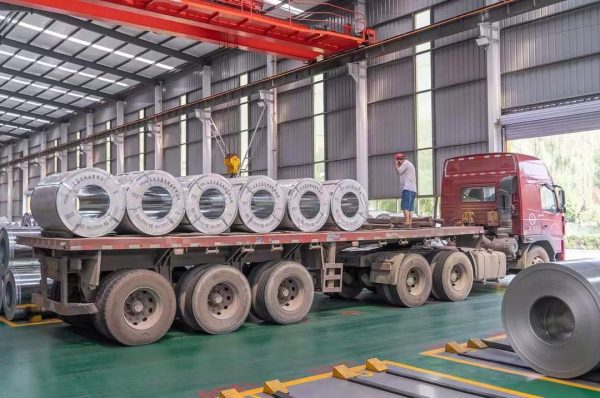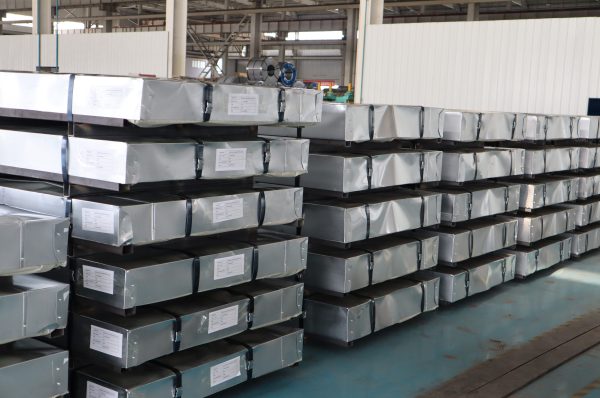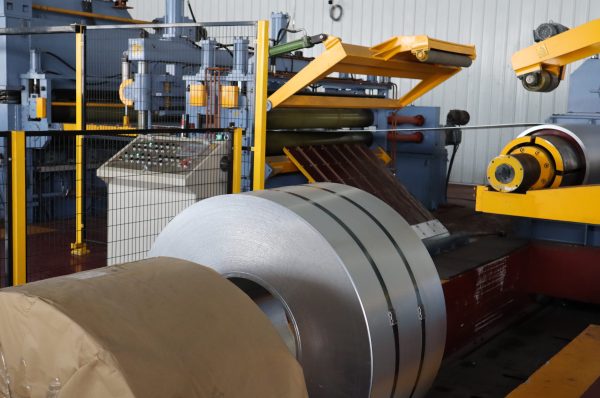Cold-rolled steel, a key material in the manufacturing and construction sectors, is known for its precise dimensional tolerances, smooth surface finish, and enhanced mechanical properties. The chemical composition of cold-rolled steel significantly influences its characteristics and suitability for various applications. This article delves into the chemical composition of cold-rolled steel, explaining how each element contributes to the steel’s performance and utility.
1. Iron (Fe)
Iron is the primary component of cold-rolled steel, making up the bulk of the alloy. It provides the base material upon which other alloying elements are added. The purity of iron affects the steel’s strength, ductility, and overall quality. In cold-rolled steel, iron serves as the foundation for achieving desired mechanical properties through alloying and processing.
2. Carbon (C)
Carbon is a critical alloying element in cold-rolled steel, typically present in amounts ranging from 0.05% to 0.25%. It significantly impacts the steel’s hardness, strength, and wear resistance. Higher carbon content increases tensile strength and hardness but may reduce ductility and impact toughness. Carbon also influences the steel’s machinability and weldability, making it a key factor in determining the steel’s suitability for different applications.
3. Manganese (Mn)
Manganese is commonly added to cold-rolled steel, usually in concentrations of 0.30% to 0.90%. It enhances the steel’s strength and toughness by improving its hardenability. Manganese also helps to counteract the brittleness caused by high carbon content and improves the steel’s resistance to wear and impact. Additionally, manganese plays a role in deoxidizing the steel and refining its grain structure.
4. Silicon (Si)
Silicon is often included in cold-rolled steel in amounts ranging from 0.15% to 0.35%. It acts as a deoxidizer during the steelmaking process, helping to remove oxygen and improve the steel’s surface quality. Silicon also contributes to the steel’s strength and magnetic properties, making it useful in applications requiring electrical steel or improved strength-to-weight ratios.
5. Phosphorus (P)
Phosphorus is generally present in trace amounts, typically less than 0.10%, in cold-rolled steel. While it can improve strength and machinability, excessive phosphorus content can lead to brittleness and reduced ductility. Therefore, maintaining low phosphorus levels is crucial for ensuring the steel’s toughness and overall performance.
6. Sulfur (S)
Sulfur is another trace element found in cold-rolled steel, usually present in amounts less than 0.05%. It can enhance machinability by promoting the formation of sulfur-containing inclusions that act as chip breakers during machining. However, high sulfur content can negatively affect the steel’s ductility and weldability. Thus, controlling sulfur levels is important for balancing machinability with mechanical properties.
7. Chromium (Cr)
Chromium is occasionally added to cold-rolled steel, especially in higher-grade alloys, to enhance corrosion resistance and hardness. In amounts typically ranging from 0.10% to 1.00%, chromium improves the steel’s resistance to oxidation and wear. It also contributes to the formation of a hard, wear-resistant surface, making it suitable for applications where durability is essential.
8. Nickel (Ni)
Nickel is used in some cold-rolled steels to improve toughness, strength, and corrosion resistance. In concentrations ranging from 0.30% to 2.00%, nickel enhances the steel’s impact resistance and ability to withstand harsh environments. It also helps to stabilize the steel’s microstructure, improving its performance at elevated temperatures.
9. Aluminum (Al)
Aluminum is often used in small quantities (typically less than 0.10%) as a deoxidizer and grain refiner in cold-rolled steel. It helps to improve the steel’s surface finish and mechanical properties by refining the grain structure and reducing the formation of oxides.
Conclusion
The chemical composition of cold-rolled steel plays a crucial role in determining its mechanical properties, performance, and suitability for various applications. Each alloying element contributes specific characteristics to the steel, from strength and hardness to corrosion resistance and machinability. Understanding the effects of these elements allows for the optimization of cold-rolled steel to meet the demands of different industries and applications, ensuring that the material performs effectively in diverse environments.



